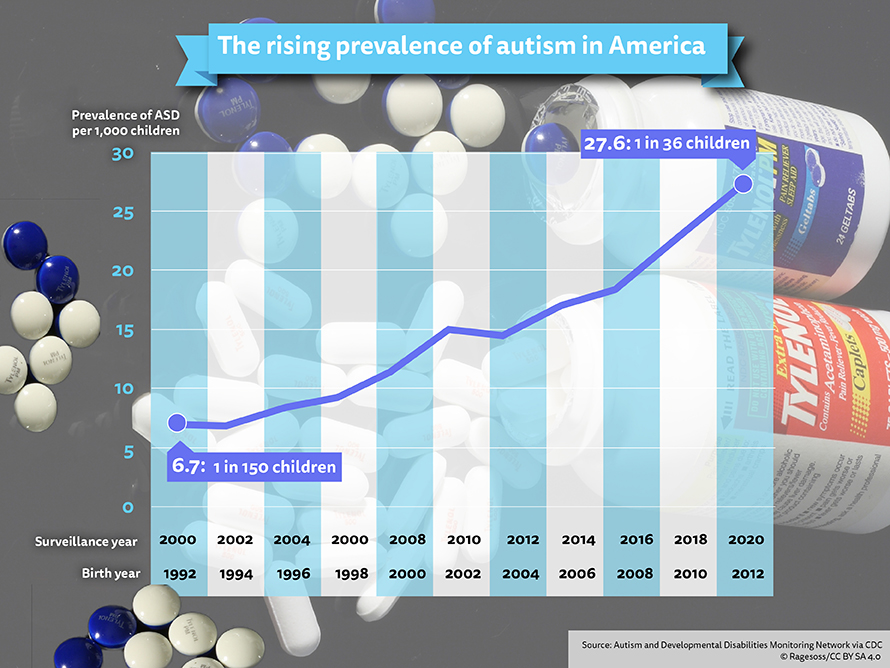Should we try to “cure” autism? This week, Donald Trump claimed to have found a possible cause and a possible treatment for autism. Scientists say he has got it all wrong.
Trump blames painkiller for autism rise
 Rates rising: There is no blood test or scan that can determine if a person has autism. Instead, a diagnosis is based on a doctor's observations.
Rates rising: There is no blood test or scan that can determine if a person has autism. Instead, a diagnosis is based on a doctor's observations. Glossary
Woodrow Wilson - The US president during World War One. Wilson was a visionary who dreamt of creating a peaceful world through international institutions like the League of Nations, forerunner to the UN.
PhD - An abbreviation for a Doctorate of Philosophy. Students study for several years and usually do their own extensive research to gain a PhD.
RFK Jr - Robert F. Kennedy Jr. An American politician and conspiracy theorist. He is currently the US secretary of health under Donald Trump and is known for promoting vaccine misinformation.
Autism - A condition characterised by difficulty in social interaction and communication. According to the World Health Organisation, 1 in 160 children has an autism disorder.
Active ingredient - The ingredient in a medicine or skincare product, for example, that makes the product work as intended.
Tylenol - The brand name in the USA for a drug known as acetaminophen in the USA or paracetamol in the UK.
Vaccines - A substance given to a person to stop a disease from making them ill in the future.
Epidemic - A widespread disease or infection.
Stigma - A mark of shame or disgrace that sets a person apart from others. In the 16th Century, it referred to a literal mark branded into the skin.
Stimuli - Things that provoke a reaction.
Neurodivergence - People who process information in a different way to others. Examples of neurodiversity include autism and ADHD.

